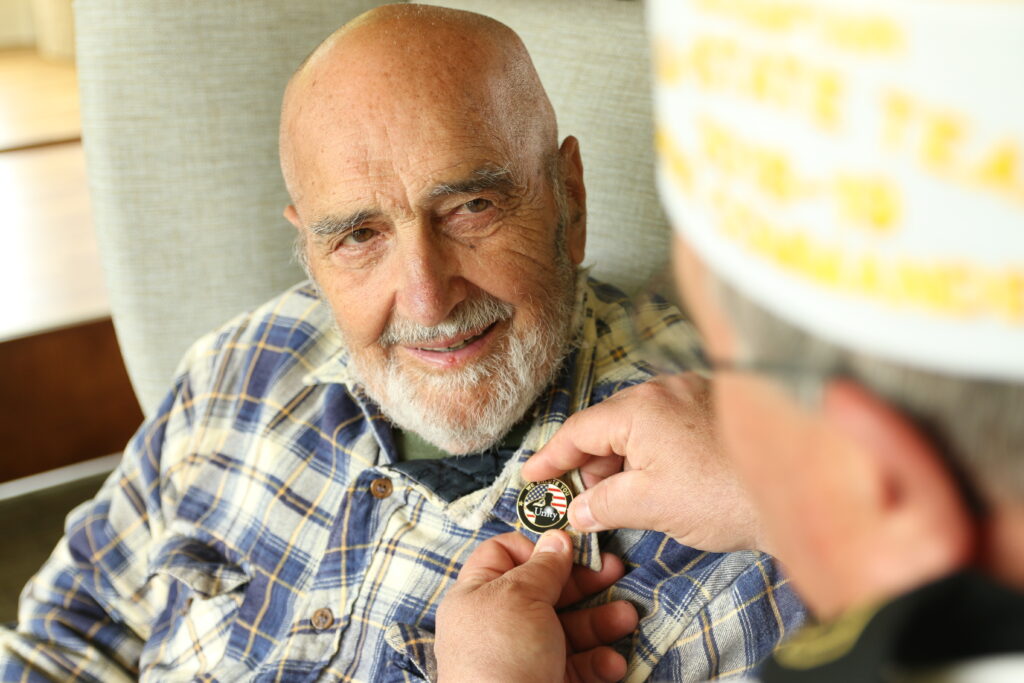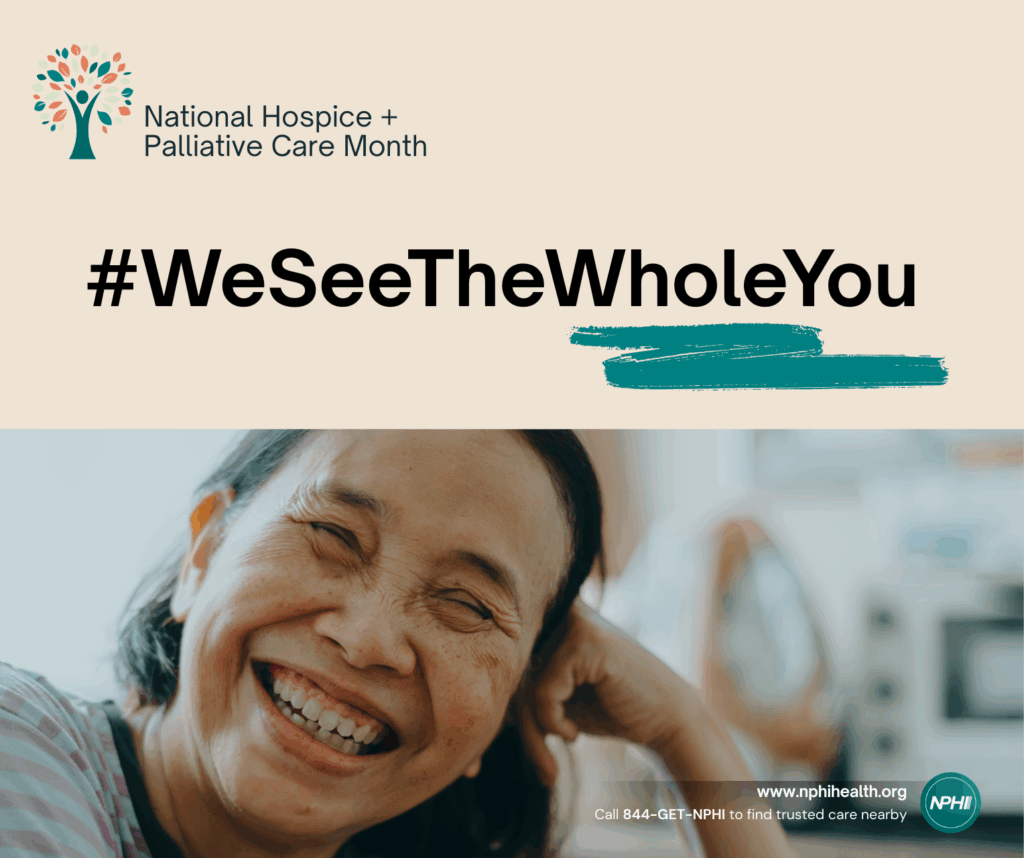CLEVELAND — It is 7:30 on a summer morning in a chapel-like room overlooking the slate-gray, lapping waters of Lake Erie. Ten or so people, some just arriving at work, some finishing a night shift, sit silently in pew-like benches and armchairs below stained-glass windows. A plump Golden Retriever named Linus, a hospice therapy dog, wanders from one person to another, gratefully accepting their caresses.
Dr. Kevin Dieter, a hospice care physician with graying mustache and goatee, gently suggests they get started. A hospice nurse sitting in a bench opposite him begins reading names. In the pause after she pronounces each, Dieter strikes together two palm-sized Buddhist meditation chimes, producing a tinkling peal that quickly evaporates. The names go on and on. Evonne and Molly and Andre and Jerry. Twelve in all.
Twelve patients who were alive in this hospice house three days ago when this ceremony was last held. Twelve who have died since, each in one of the bedrooms lining the quiet hallways, each having hoped for a death free of pain or distress and, for the lucky ones, bitterness or resentment.
Providing the possibility of that wished-for death is the professional mission of all in this room, of all the 935 employees and 3,000 volunteers who work for the 40-year-old nonprofit Hospice of the Western Reserve. Each day they serve 1,200 hospice patients, most of them in hospitals, nursing homes, or their homes, and as many as 88 in one of three inpatient hospice houses in the Cleveland area, like this one off Lakeshore Boulevard.




